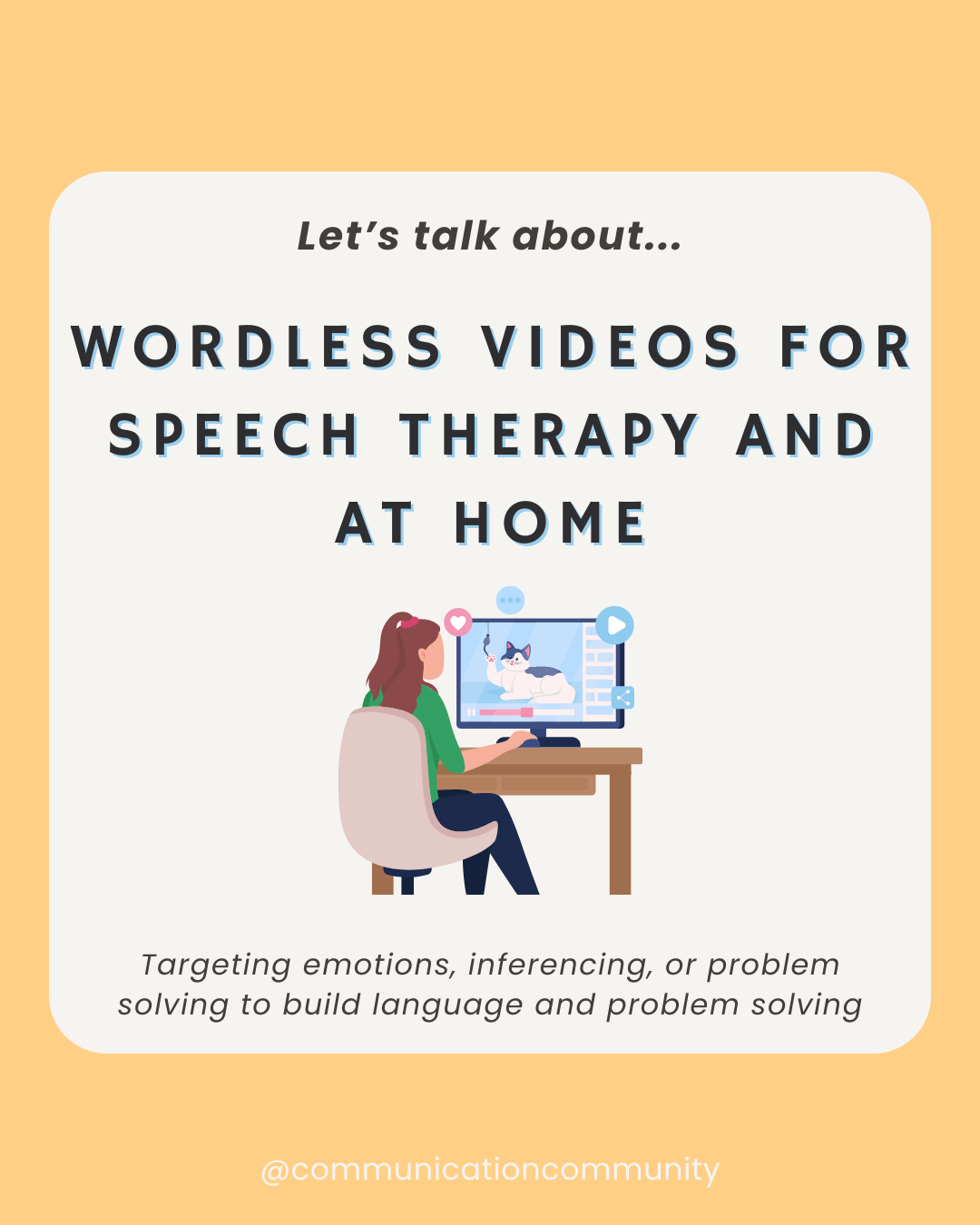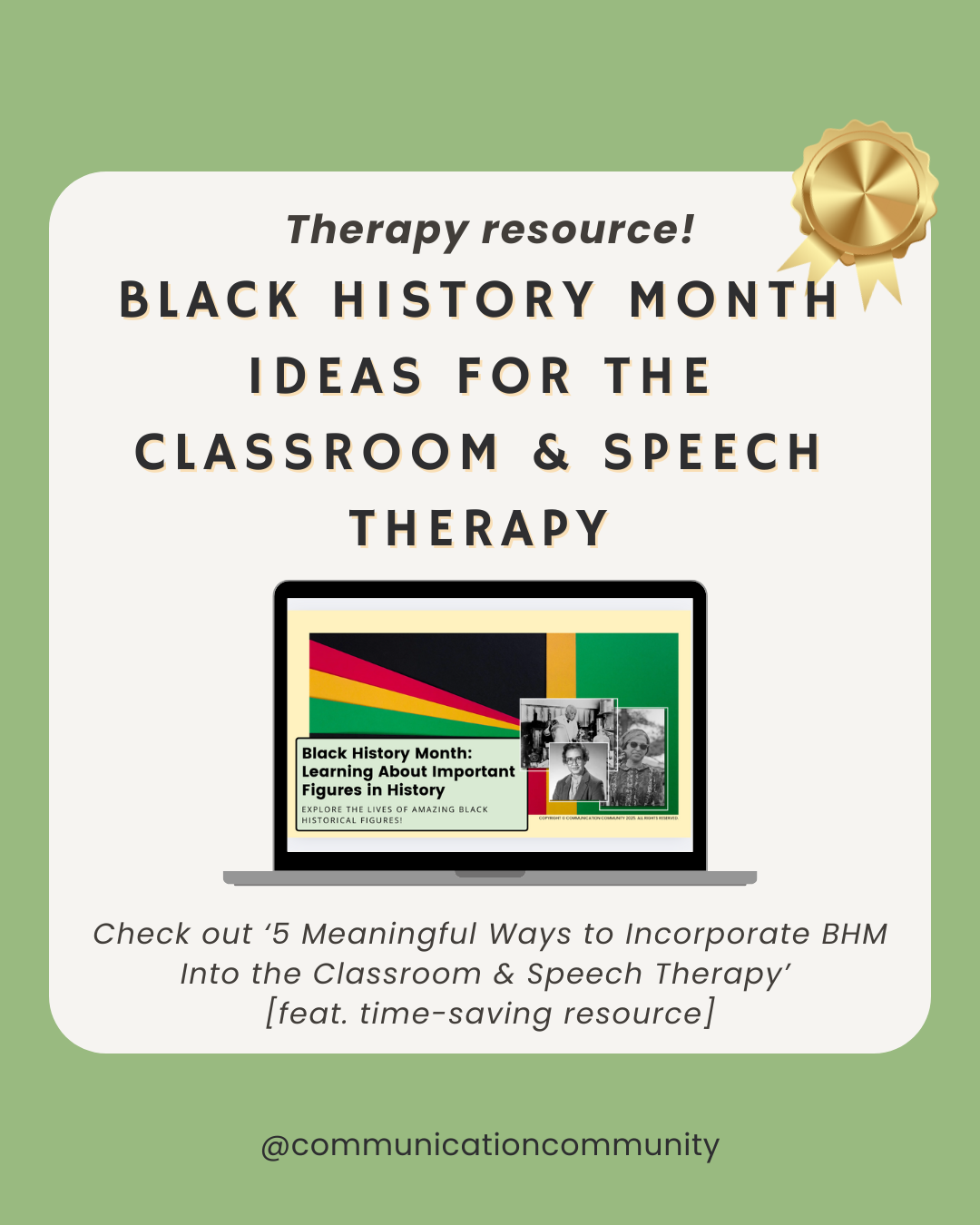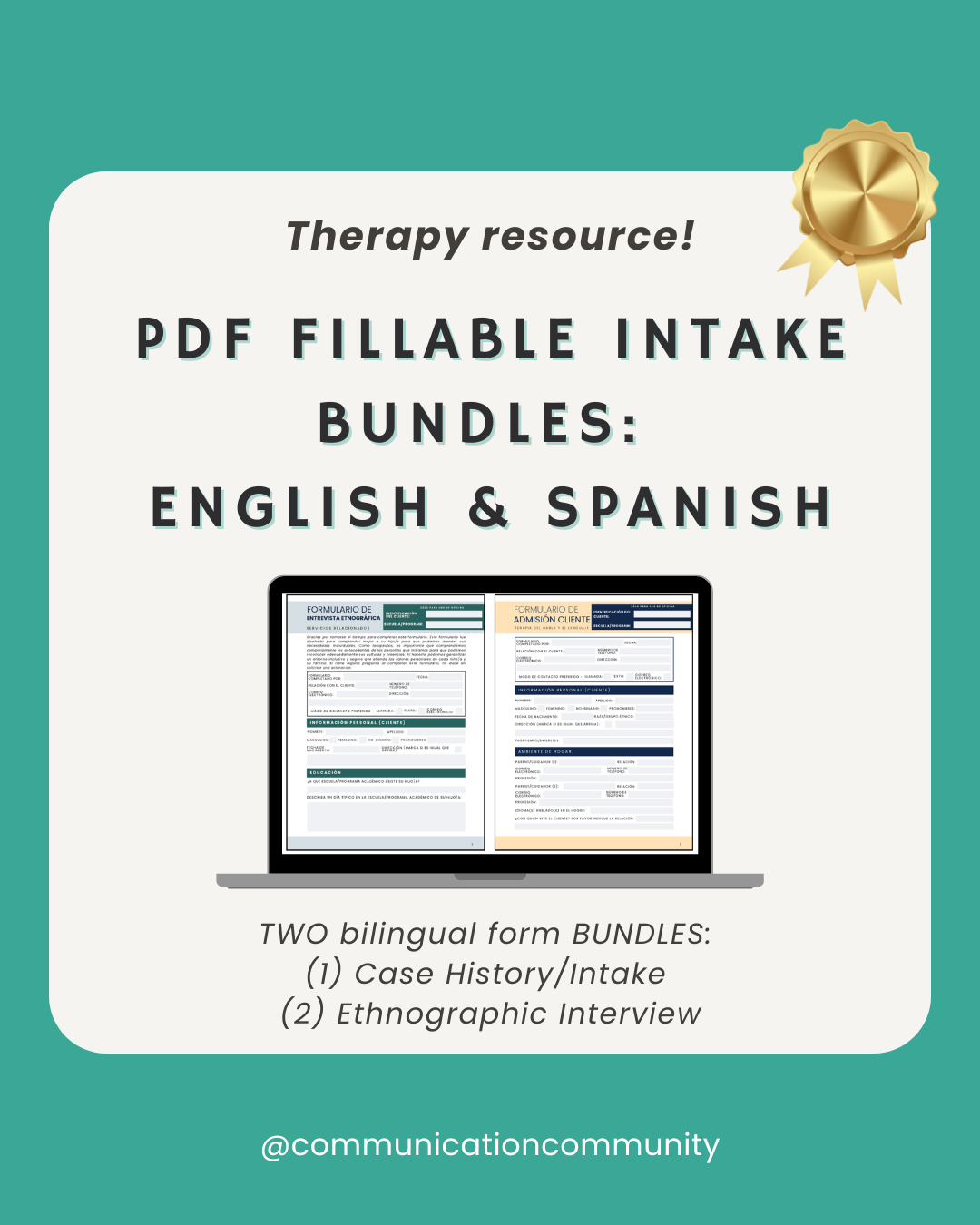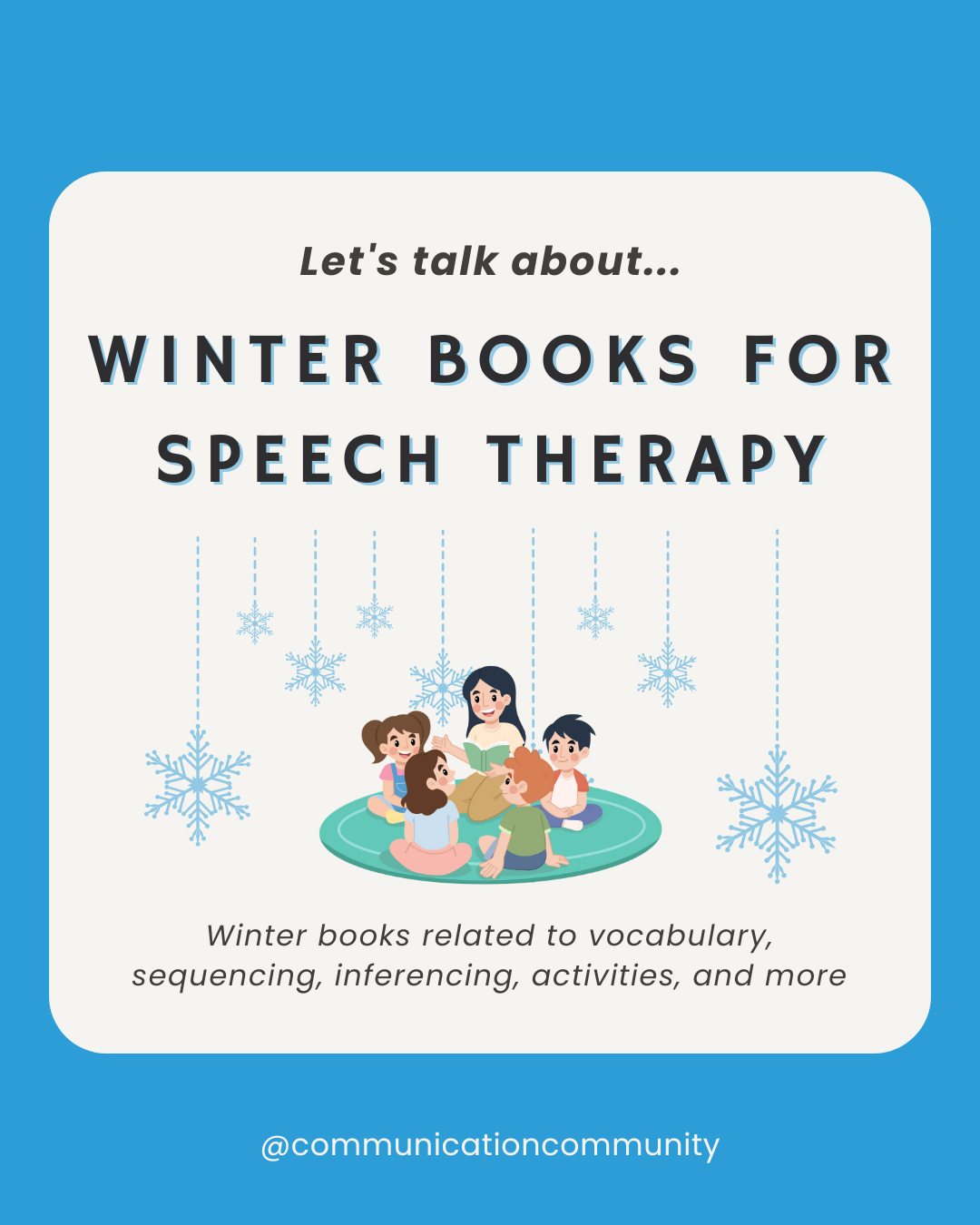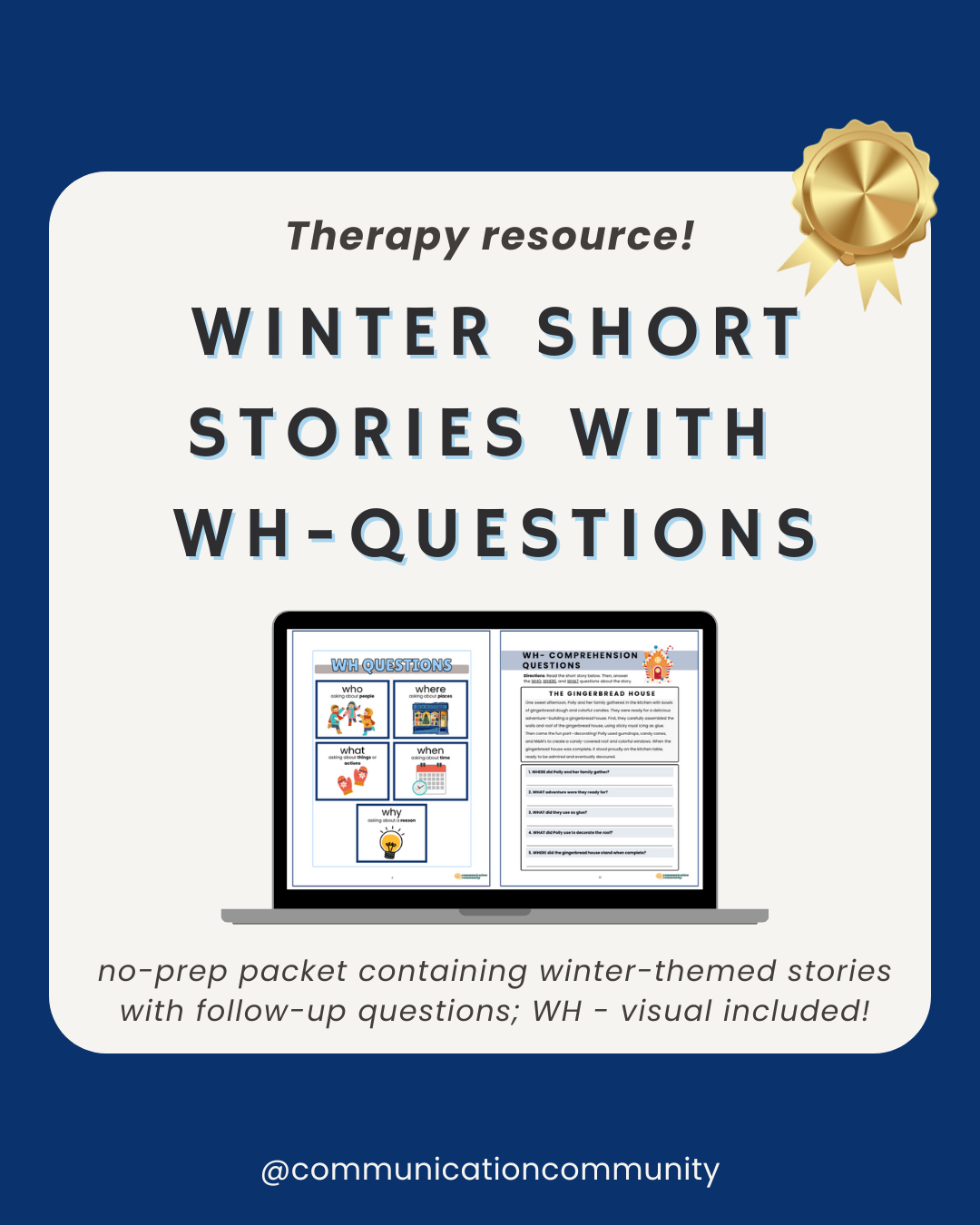We previously recommended some of our favorite wordless picture books and how they can benefit language learning. Which made us think, what do kids (often) enjoy more than books… videos! Find me a technologically savvy child (which seems to be a good majority these days) who has not yet explored YouTube and I will be very, very surprised.
The short videos we have listed below are not only fun and engaging to watch, but they are a great (FREE) learning resource. They are appropriate for almost all ages (school-aged child to adult) and are a quick and interactive way to elicit language and make inferences. For a <5 minute video, there is an abundance of language, problem solving, and reasoning skills that can be targeted.
Keep reading for specific ways to target inferencing, predicting, commenting, expanding sentences, navigating problems, retelling stories, and identifying story elements in Mouse For Sale.
Mouse for Sale
Carrot Crazy
Bridge
For the Birds
Snack Attack
Egyptian Pyramids
Mouse for Sale Breakdown:
In Mouse for Sale, we have an adorable, big-eared mouse who is anxiously waiting in a pet store to be purchased and find a home. He goes through a series of emotional ups and downs during this process, as he has been overlooked or blatantly turned away by some of the store patrons. Until he encounters a boy with whom he shares a connection and is brought home (awww).
How to Incorporate Language Skills in Wordless Videos
Emotional inferencing
Pause the video to take a closer look at each character’s reaction to certain situations. Ask questions like, "What made [character] feel that way?" or “How does the mouse feel after the boys weren't kind to him?”
Making predictions
aka, asking questions like, “What will happen next?” or “What do you think [character] is going to do with [object]?” Did events turn out as predicted or did something "unexpected" happen?
Commenting and asking/responding to questions
Use this opportunity to elicit comments and/or ask questions of your own (e.g., “Check it out!”; “Why do you think [character] is ___?”). Another tip: give language to some of the characters in the story and guess what each could be saying.
Expanding sentence structures
Take turns describing different characters and events in the video. You can start by using subject + action (e.g., “The mouse is playing”) and increase to a structure like subject + action + object + location (“The mouse playing with the ball in the pet store”).
Navigating problems
Pause the video during a conflict or situation. Identify the problem/conflict and brainstorm probable solutions. Did [character] solve their problem? Are there alternative solutions to the problem?
Retelling
Have your child/student retell what happened in the story. Use this opportunity to incorporate transition words (first, then, next, last, etc.) and retell the sequence of events.
Story elements
Watch the video and comment on the various story elements featured. These include the setting, characters, main idea, plot, etc. If you are doing desk work, you can also turn this into a worksheet or story map easily.
Looking for more resources?
Never run out of entertaining wordless videos and animated shorts!
- 10+ Best Wordless Videos
- Wordless Videos #2 (Best of April 2020)
- More Wordless Videos
- Holiday Wordless Videos
Want to know our favorite materials for running smooth and effective intervention sessions?
- Blue light glasses - a must for long days using screens
- Notepads - for making allllll the to-do lists
- Binders - for keeping data and notes organized
- Pens and pencils - are you a pen or pencil person? I go back and forth!

